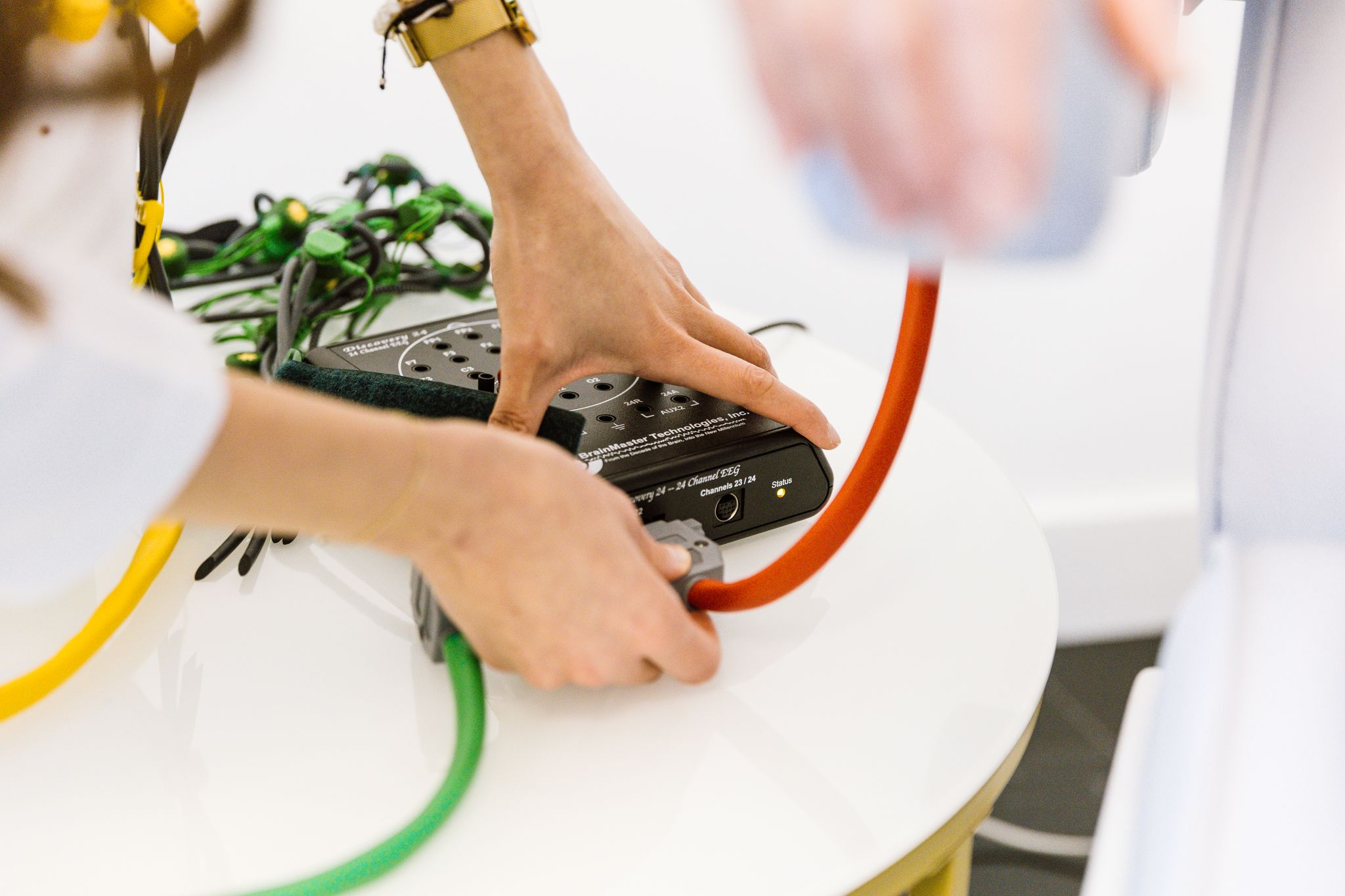Quantitative Electroencephalography (qEEG) is a technique used in brain mapping that involves the quantitative analysis of the electrical activity of the brain. It provides a detailed assessment of brainwave patterns and their distribution across different regions of the scalp. QEEG is often employed to aid in the diagnosis and treatment of various neurological and psychological conditions.
Here's an overview of how qEEG brain mapping works:
Recording EEG Data
Electrodes are attached to specific locations on the scalp to record the electrical activity of the brain. The number and placement of electrodes may vary based on the specific qEEG system being used, but it typically involves multiple electrodes to capture activity from various brain regions.
Data Analysis
The recorded EEG data is processed and analyzed using quantitative methods. This involves mathematical and statistical techniques to extract information about the frequency, amplitude, and coherence of brainwave activity.
Comparison to Normative Databases
The obtained qEEG data is often compared to normative databases that contain EEG patterns from healthy individuals of similar age and demographics. This comparison helps identify any deviations or abnormalities in the individual's brainwave patterns.
Mapping Brain Activity
The results of the qEEG analysis are often visualized in the form of color-coded maps, graphs, or charts. These maps provide a spatial representation of the brainwave activity across different regions of the brain.
Identification of Patterns and Abnormalities
QEEG allows for the identification of specific patterns associated with different mental states, such as relaxation, alertness, and cognitive processing. It can also reveal patterns that may be indicative of certain neurological or psychiatric conditions.
Diagnostic and Treatment Planning
Clinicians use qEEG results to aid in the diagnosis of conditions like attention deficit hyperactivity disorder (ADHD), epilepsy, anxiety disorders, and more. The information obtained from qEEG may also guide treatment planning, helping to tailor interventions based on individual brain patterns.
Neurofeedback Training
QEEG findings can be used to inform neurofeedback training protocols. Neurofeedback involves providing individuals with real-time feedback about their brainwave activity and helping them learn to self-regulate and optimize their brain function.

QEEG brain mapping is a valuable tool in clinical neuroscience, offering insights into the individual's brain function and aiding in the development of personalized treatment approaches. It is important to note that qEEG interpretation requires expertise, and clinicians often use qEEG as part of a comprehensive assessment alongside other clinical information and neuropsychological assessments.


